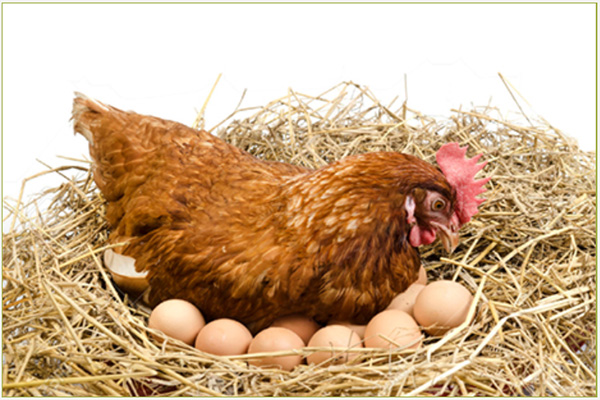Reputation of Automated Equipment in Tanzanian Chicken Farms
Time : 2025-06-24
The use of automated equipment in chicken farming has become a significant aspect of modern agriculture, particularly in regions like Tanzania where the poultry industry is rapidly evolving. The reputation of automated equipment in Tanzanian chicken farms is a testament to the transformative impact of technology on the sector. This article explores the role of automated equipment, its benefits, and the challenges it presents in the context of Tanzanian chicken farming.
Introduction to Automated Equipment in Chicken Farms
Automated equipment in chicken farming encompasses a range of technological advancements designed to improve efficiency, reduce labor costs, and enhance productivity. From automated feeders to egg-collecting systems, these tools have become integral to modern poultry operations. In Tanzania, where the industry is growing at a rapid pace, the adoption of such technology is gaining momentum.
Benefits of Automated Equipment
Enhanced Productivity
One of the primary benefits of automated equipment in Tanzanian chicken farms is the enhancement of productivity. Automated systems can feed, water, and monitor birds round the clock, leading to improved growth rates and overall farm output. This increased productivity is crucial for meeting the growing demand for poultry products in Tanzania.
Improved Livestock Health
Regular monitoring and prompt responses to health issues are made possible with automated equipment. Feeding systems can be adjusted to meet specific nutritional requirements, and early detection of diseases can prevent outbreaks that could otherwise decimate the flock.
Labor Efficiency
The manual labor required in traditional chicken farming is substantial. Automated systems can reduce this workload, allowing farmers to focus on other essential tasks such as marketing and farm management. This efficiency not only lessens the physical strain on workers but also improves their working conditions.
Types of Automated Equipment in Tanzanian Chicken Farms
Automated Feeders
Automated feeders ensure consistent and accurate feeding schedules, which are crucial for optimal growth and health. These systems can be programmed to dispense feed at specific times, preventing overeating and waste.
Watering Systems
Water is essential for poultry health. Automated watering systems provide a continuous supply of clean water, which is especially important in preventing dehydration and ensuring that birds have access to water at all times.
Egg Collecting Systems
Egg collection is a labor-intensive task. Automated systems can collect eggs from nests, sort them, and package them for market, significantly reducing the time and effort required for this process.
Monitoring Systems
Modern automated monitoring systems can track various parameters such as temperature, humidity, and the health status of birds. This data is invaluable for making informed decisions and adjusting farming practices accordingly.
Challenges in Implementing Automated Equipment
High Initial Costs
The initial investment for automated equipment can be substantial, which may be a barrier for many Tanzanian chicken farmers, especially those operating on a smaller scale.
Skilled Labor
Operating and maintaining automated equipment requires a certain level of skill and expertise. In regions where such skills are scarce, farmers may struggle to manage the technology effectively.
Adaptation and Training
Adapting to new technology often requires training, which can be time-consuming and expensive. Farmers need to be trained on how to use the equipment properly to maximize its benefits.
Case Studies: Success Stories in Tanzania
Several Tanzanian chicken farms have successfully implemented automated equipment, demonstrating the potential for these technologies to revolutionize the industry.
Farm A: Increased Egg Production
Farm A, a medium-sized poultry operation, installed automated feeders and egg-collecting systems. As a result, they experienced a 20% increase in egg production and a reduction in labor costs by 15%.
Farm B: Enhanced Health Management
Farm B, which faced regular health challenges, implemented an automated monitoring system. The system allowed for early detection and timely intervention, reducing the incidence of disease by 30%.
Conclusion
The reputation of automated equipment in Tanzanian chicken farms is well-earned. These technologies offer numerous benefits, including enhanced productivity, improved livestock health, and labor efficiency. Despite challenges such as high initial costs and the need for skilled labor, the adoption of automated equipment is poised to continue growing. By addressing these challenges and leveraging the advantages, Tanzanian chicken farms can look forward to a more prosperous and sustainable future.
Tags
, , , , , , , 











